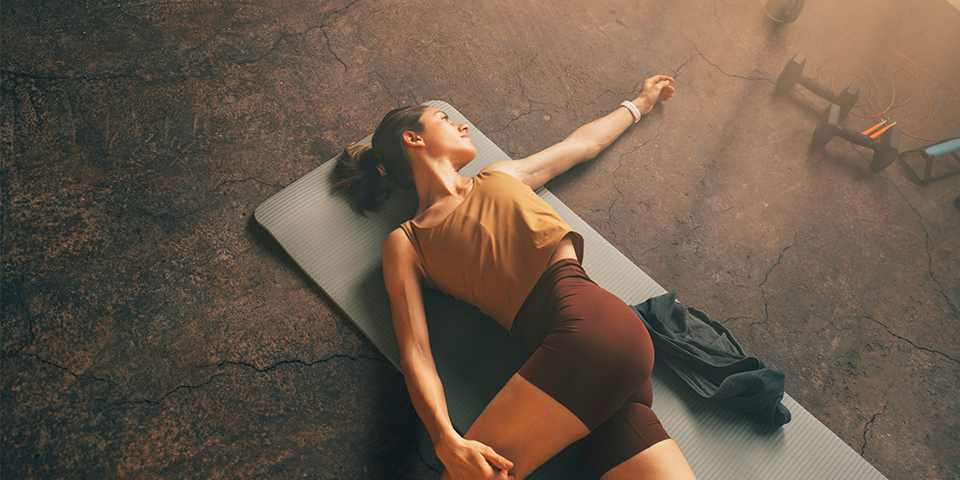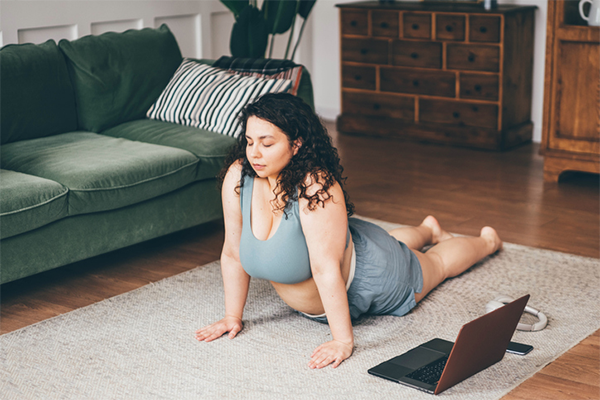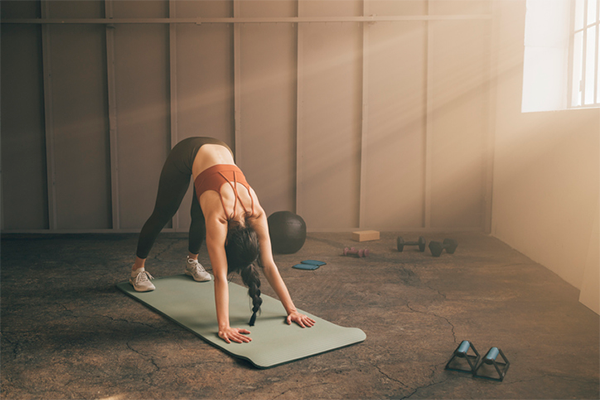Yoga is an awesome mind-body workout. But to get the most from your practice, should you do yoga before or after a workout?
Will the timing impact your other workouts? That depends on your existing fitness routine, the types of yoga you like to do, and your post-workout recovery plan.
Whether you’re running, lifting weights, or doing a HIIT class, yoga before a workout can be part of a dynamic warm-up.
(Save the long holds and deep stretches for your cooldown.)
The best yoga after a workout is whatever feels good to you. Choose a slow and stretchy yin practice, a mellow restorative session, or burn off extra energy with vinyasa or hot yoga.
Read on to find out whether you should do yoga before or after a workout, based on your goals.
Why Do Yoga After a Workout?
The perfect timing for your yoga classes depends on your goals, says Paul Warloski, RYT 200, a certified yoga instructor and personal trainer.
“If your goal is general fitness,” then do your weight training or cardio first and save yoga for later.
“Yoga can act as an active recovery (depending on the type you do)” and can work to create more flexibility and mobility with muscles and joints that are already warm, says Warloski, who is also a USA Cycling Level 3 Coach and RRSA Running Coach.
Why Do Yoga Before a Workout?
While you can take yoga classes before another workout, that plan could backfire.
Doing yoga first might adversely impact your focus and motivation.
“You are likely to be fatigued as well as a little calmer,” says Warloski.
While your post-yoga glow feels great, it doesn’t exactly get you pumped to lift, run, or ride.
And, he cautions, you might be more prone to injury if you’re tired or too “blissed” out to focus on good form.
If you do squeeze in a practice before strength training or cardio, make sure you have enough energy left in your tank to carry you through your last set or mile.
What Are the Benefits of Doing Yoga on Rest Days?
“Yoga can be an excellent choice for a rest day,” says Warloski, who teaches yin yoga classes on Mondays as recovery yoga for cyclists and runners who went hard over the weekend.
“Yoga for recovery needs to be slow,” he says. If you’re taking yoga classes on your rest day, focus on boosting blood flow, loosening up tight muscles, and increasing mobility — not spiking heart rate or calorie burn.
More intense types of yoga “brings about a lot of overall fatigue and will add to your training stress,” he says.
In other words, while yoga can be a challenging workout, your rest day isn’t the time to push yourself.
But if you love a certain type of yoga and want to take a class on your rest day, go for it!
When Is the Best Time to Do Yoga If You’re Strength Training?
While you can definitely integrate yoga moves into a dynamic warm-up, it’s better to save yoga for after strength training.
That’s especially true if you’re working with a trainer or following a specific plan.
Warloski likes to “do a harder yoga class immediately after a strength training session to extend and deepen some of the work we did in strength.”
Should You Do Yoga Before or After Cardio?
While it’s not bad to do yoga before working out, it’s better to save it until after your cardio training.
As with strength training, the exception is making yoga part of your warm-up.
Continue with your usual post-workout recovery routine and make time for yoga after you’ve rehydrated, refueled, and rested.
“I like to take yoga classes several hours after a workout to aid recovery,” says Warloski.
5 Yoga Benefits That’ll Get You on the Mat
Yoga is great for reducing stress and boosting body awareness. But adding some yoga classes to your routine can help in plenty of other ways, too.
1. Boosts flexibility and functional fitness
All that stretching into poses certainly helps flexibility over time. And yoga also improves functional fitness to help you in everyday life.
A 2016 study found yoga was as good as stretching and strengthening exercises at improving balance, strength, and mobility.
2. Helps build strength
Many types of yoga include weight-bearing poses that can build strength and muscle mass.
This is great news for runners and cyclists who want a low-impact workout that involves the entire body.
3. Helps with focus and cognition
Honing your focus on the mat can translate into real-life gains in cognitive function, according to a 2015 research review.
4. Good for joints and connective tissue
Yoga can help increase or maintain the range of motion of joints, while strengthening the surrounding muscles.
5. Supports healthy bones
You don’t have to take hourlong yoga classes to feel the benefits. Researchers in 2016 found that even 12 minutes of daily practice could help the bones of long-time yogis.



